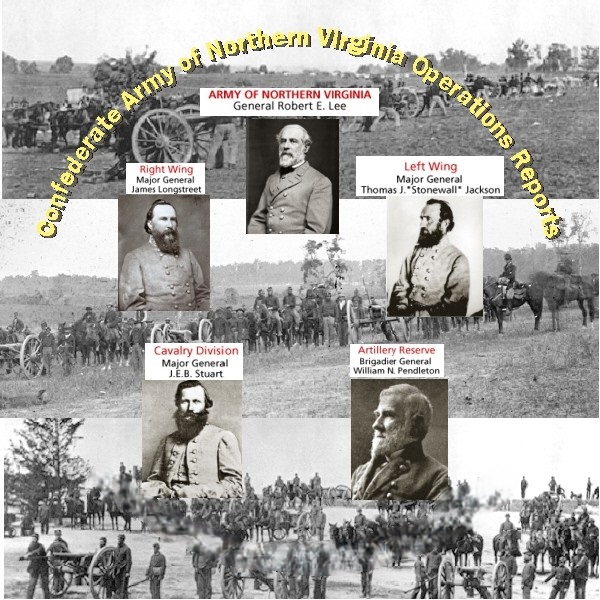
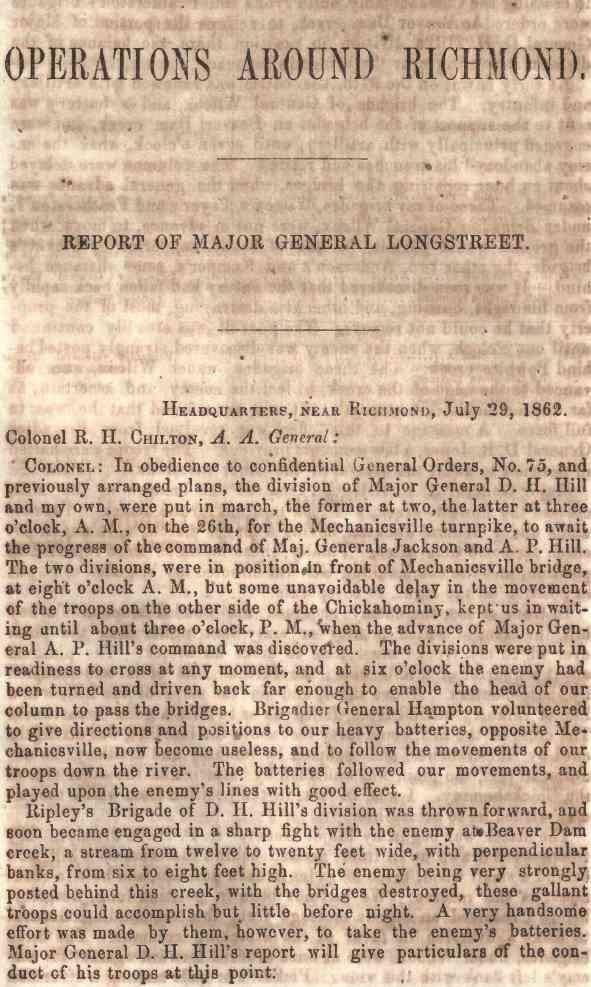
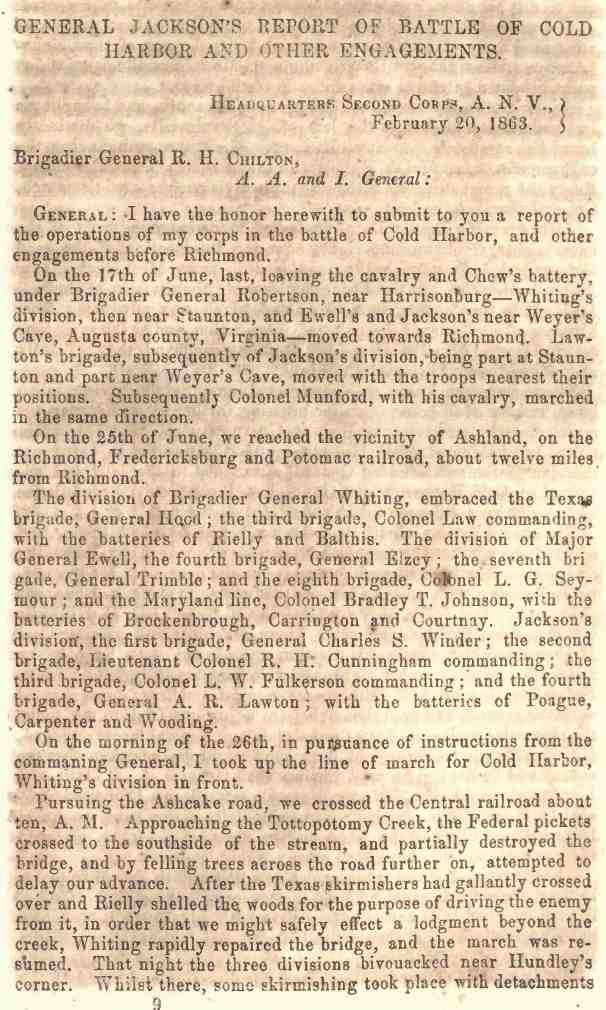
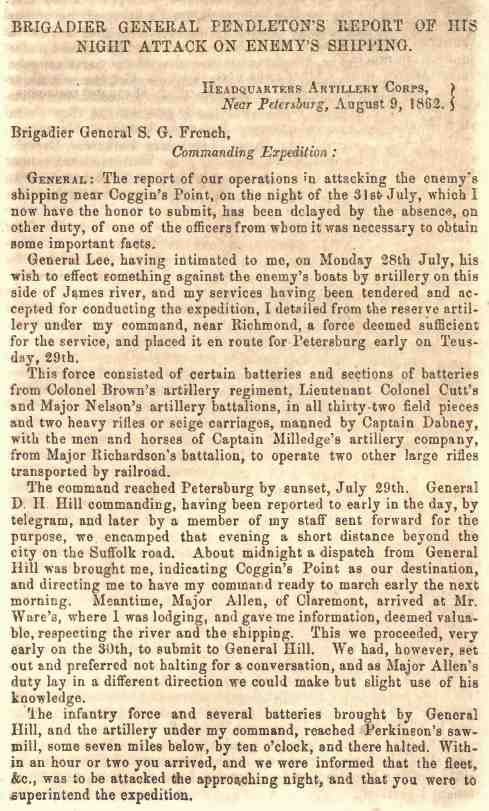
Civil War Confederate Army of Northern Virginia Operations Reports
$19.50
Description
Lee’s Army of Northern Virginia: 1862
Timeline of Events (June 1862 – December 1862)
- May 31, 1862: Battle of Seven Pines/Fair Oaks. Inconclusive battle where Confederate General Joseph Johnston is severely wounded.
- June 1, 1862: Robert E. Lee is appointed commanding general of Confederate forces and names it the Army of Northern Virginia. Lee begins fortifying Richmond and reorganizing the Army.
- June 1862: J.E.B. Stuart conducts reconnaissance of McClellan’s Union army, discovers the exposed right flank.
- June 1862 (Late): Lee attacks McClellan’s right flank north of the Chickahominy, attempting to cut off his communications and force a battle on favorable ground.
- June – July 1862: The Seven Days’ Battles around Richmond including: Battle of Oak Grove, Battle of Mechanicsburg, Battle of the Chickahominy, Battle of Gaines’ Mill, Battle of Savage’s Station, Battle of Glendale (Fraser’s Farm), Battle of Malvern Hill. Confederate victories against a Union army that is superior in numbers, equipment, and position.
- Summer 1862: Battle of Cedar Mountain or Cedar Run, Virginia. Another Confederate victory.
- August 1862: Battle of Second Manassas or Bull Run. Confederate Victory.
- August 1862: Battle of Chantilly or Ox Hill.
- September 1862: Siege and capture of Harpers Ferry.
- September 1862: Battles of South Mountain, Maryland.
- September 17, 1862: Battle of Antietam or Sharpsburg. Tactically inconclusive, but strategically a Confederate setback, forcing Lee’s retreat back to Virginia.
- December 13, 1862: Battle of Fredericksburg. Confederate victory.
- Winter 1862-1863: Lee rebuilds his army after the losses in the Maryland Campaign.
Cast of Characters:
- Robert E. Lee:Role: Commanding General of the Army of Northern Virginia (Confederate). Appointed June 1, 1862.
- Bio: Previously Jefferson Davis’ chief military advisor. A strategic thinker and risk-taker who sought to outmaneuver the Union forces. Was nicknamed the “King of Spades” for his focus on fortification.
- Thomas Jonathan “Stonewall” Jackson:Role: Major General, Commander of the Valley Army, part of the Army of Northern Virginia.
- Bio: A famous and successful general in the Confederate Army. Had just finished a successful campaign in the Shenandoah Valley prior to being incorporated into Lee’s forces.
- A. P. Hill:Role: Major General in the Army of Northern Virginia.
- Bio: A highly regarded Confederate general who commanded a division under Lee.
- D. H. Hill:Role: Major General in the Army of Northern Virginia.
- Bio: Another Confederate general and known for his contributions in the battles of Seven Days and Antietam.
- James Longstreet:Role: Lieutenant General in the Army of Northern Virginia.
- Bio: One of Lee’s principle subordinate commanders.
- John Hood:Role: General in the Army of Northern Virginia.
- Bio: Commanded divisions and brigades under Lee.
- John B. Magruder:
- Role: Major General in the Army of Northern Virginia.
- Bio: A commander during the battles of the Seven Days.
- James (J.E.B.) Stuart:Role: Cavalry Commander for the Army of Northern Virginia.
- Bio: Known for his bold cavalry raids. He provided Lee with critical intelligence.
- George Meade:Role: Major General in the Union Army.
- Bio: A Union commander during battles such as Antietam and Fredericksburg.
- Richard S. Ewell:
- Role: Major General in the Army of Northern Virginia.
- Bio: Another of Lee’s key commanders.
- Benjamin Huger:Role: Major General in the Army of Northern Virginia.
- Bio: A Confederate commander involved in the Seven Days’ Battles.
- Joseph Johnston:Role: Former Commanding General of Confederate forces before Lee.
- Bio: Wounded at the battle of Seven Pines/Fair Oaks.
- George McClellan:Role: Commanding General of the Union Army.
- Bio: He led the Union Army up the York River Peninsula before being repulsed by Lee’s army.
- Jefferson Davis:Role: President of the Confederate States of America.
- Bio: Appointed Robert E. Lee as commanding general of the Army of Northern Virginia.
Civil War Confederate Army of Northern Virginia Operations Reports
This document is a collection of 1,231 pages of official accounts from Confederate generals, including Robert E. Lee, detailing the actions of the Army of Northern Virginia.
These reports, compiled by the Confederate War Department in 1863, were submitted to Confederate President Jefferson Davis. They cover the period from June 1862 to May 22, 1863, focusing on military activities up to December 13, 1862. The reports begin with Robert E. Lee taking command and conclude with the Battle of Fredericksburg.
Included are reports from prominent figures like Robert E. Lee, Stonewall Jackson, A.P. Hill, D.H. Hill, James Longstreet, John Hood, John B. Magruder, James Stuart, George Meade, Richard S. Ewell, Benjamin Huger, and others.
The reports describe operations such as the battles of Port Republic and Cross Keys, the Seven Days’ Battles near Richmond, and engagements at Oak Grove, Mechanicsburg, the Chickahominy River, Gaines’ Mill, Savage’s Station, Glendale (Fraser’s Farm), Malvern Hill, Cedar Mountain, Second Manassas, Chantilly, the siege of Harpers Ferry, South Mountain, Antietam, and Fredericksburg.
The Army of Northern Virginia was the main Confederate fighting force in the Eastern Theater of the Civil War, primarily opposing the Union Army of the Potomac. Roughly a year into the American Civil War, General McClellan launched his offensive to capture Richmond. He advanced slowly but steadily up the York River Peninsula, while Confederate General Joseph Johnston’s troops retreated and stalled his progress. Eventually, Johnston decided to strike at a section of the Union Army, specifically its left flank which was isolated on the southern side of the flooded Chickahominy Creek. The battle that ensued on May 31, 1862, known as both Seven Pines and Fair Oaks, did not produce a clear victor, but Johnston was seriously injured.
Confederate President Jefferson Davis, on June 1, 1862, selected his military advisor, Robert E. Lee, to be the new commanding general. On that same day, Lee, in his first official order as commander, renamed his forces the Army of Northern Virginia. This new command was comprised of four separate Confederate units, including Stonewall Jackson’s renowned Valley Army, which had recently finished its successful campaign in the Shenandoah Valley.
Lee’s initial action as commander was to start building defenses to protect Richmond, a decision that drew criticism and earned him the moniker “King of Spades.” Subsequently, he began restructuring his army, working to improve its discipline, address its poor management, and foster a more confident and aggressive offensive mindset, particularly among its officers. Lee then tasked his cavalry leader, J.E.B. Stuart, with scouting McClellan’s army to locate its right flank. Stuart’s cavalry circled the entire Union force, revealing that McClellan’s right side was vulnerable. Consequently, Lee chose to focus his attack on the north side of Chickahominy Creek. He left a minimal force, strengthened by new defenses near Richmond, to hold the Union army in place. Lee’s strategy involved flanking McClellan’s right by targeting his supply route to White House Landing on the Pamunkey River, a branch of the York River on the north side of the Peninsula. The goal of this maneuver was to draw McClellan away from his fortified positions and heavy artillery, allowing the Confederates to engage on more favorable terrain.
Despite facing overwhelming disadvantages in numbers, equipment, and often position, Lee’s army achieved a series of victories. Lee, a pragmatic strategist with an engineer’s mindset, was willing to take calculated risks to outmaneuver his adversaries. The support of skilled subordinate officers was crucial to these repeated successes against the Union Army. Lee did experience some defeats during the Maryland Campaign of 1862, culminating in the Battle of Antietam. However, his depleted forces managed to hold most of the battlefield by the end of the day, resulting in a strategic victory, although one he could not capitalize on. He had to retreat across the Potomac River back to Virginia. Following the Battle of Fredericksburg that December, Lee spent the winter restoring his damaged army. This collection includes a text version of all readable words within the image of every page of every document, which allows for easy searching. You can search for specific text across all documents in the collection.
Related products
-
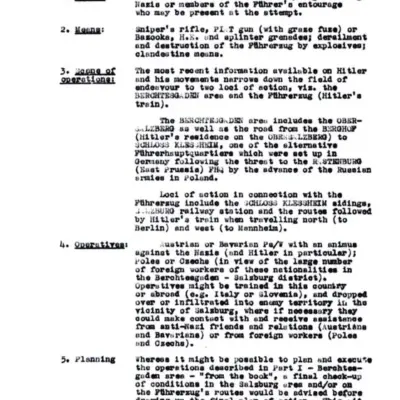
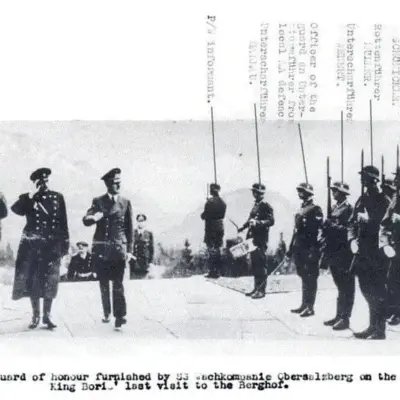
World War II: Adolf Hitler and Operation Foxley – British Assassination Plot
$19.50 Add to Cart -
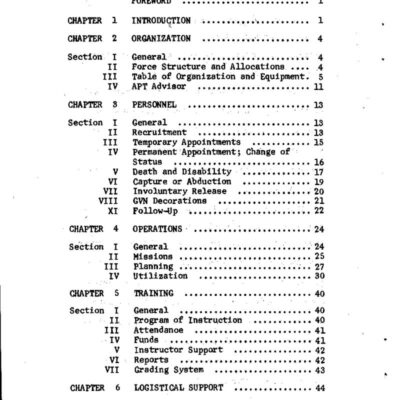
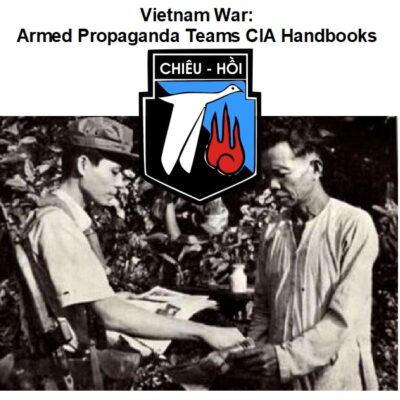
Vietnam War: Armed Propaganda Teams CIA Handbooks
$1.99 Add to Cart -
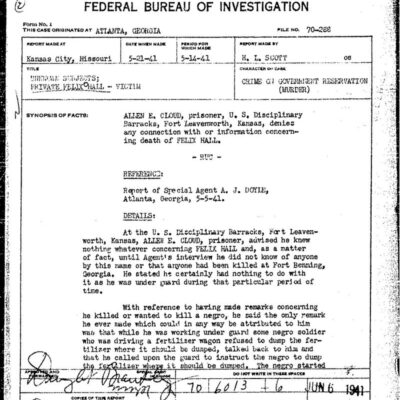
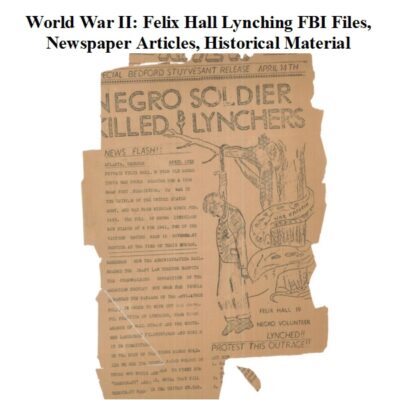
World War II: Felix Hall Lynching – FBI Files, Articles, Historical Records
$9.99 Add to Cart -


Operation POPEYE in the Vietnam War
$5.94 Add to Cart